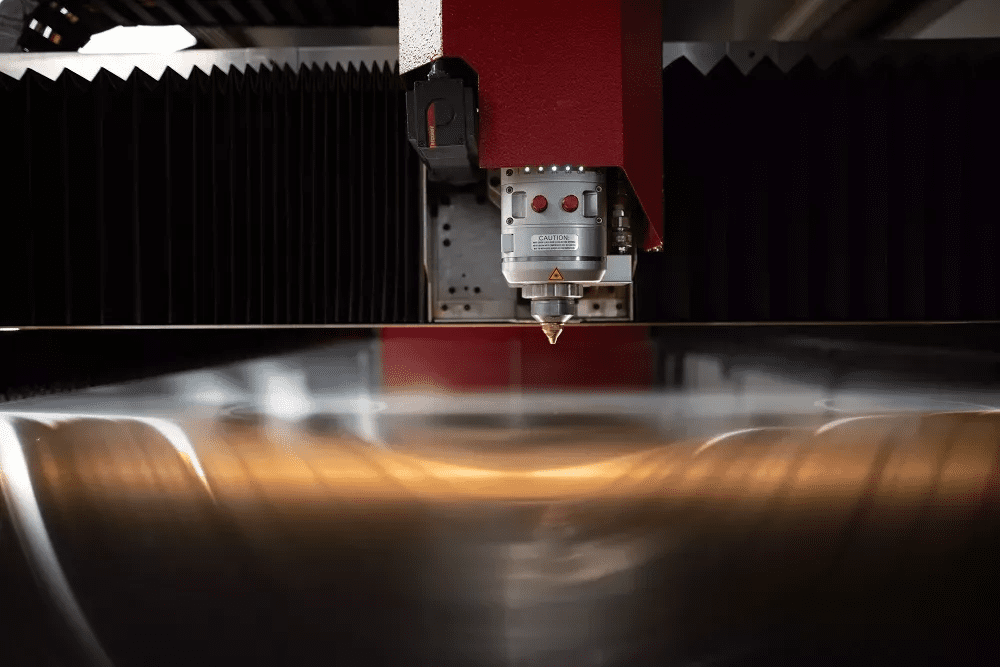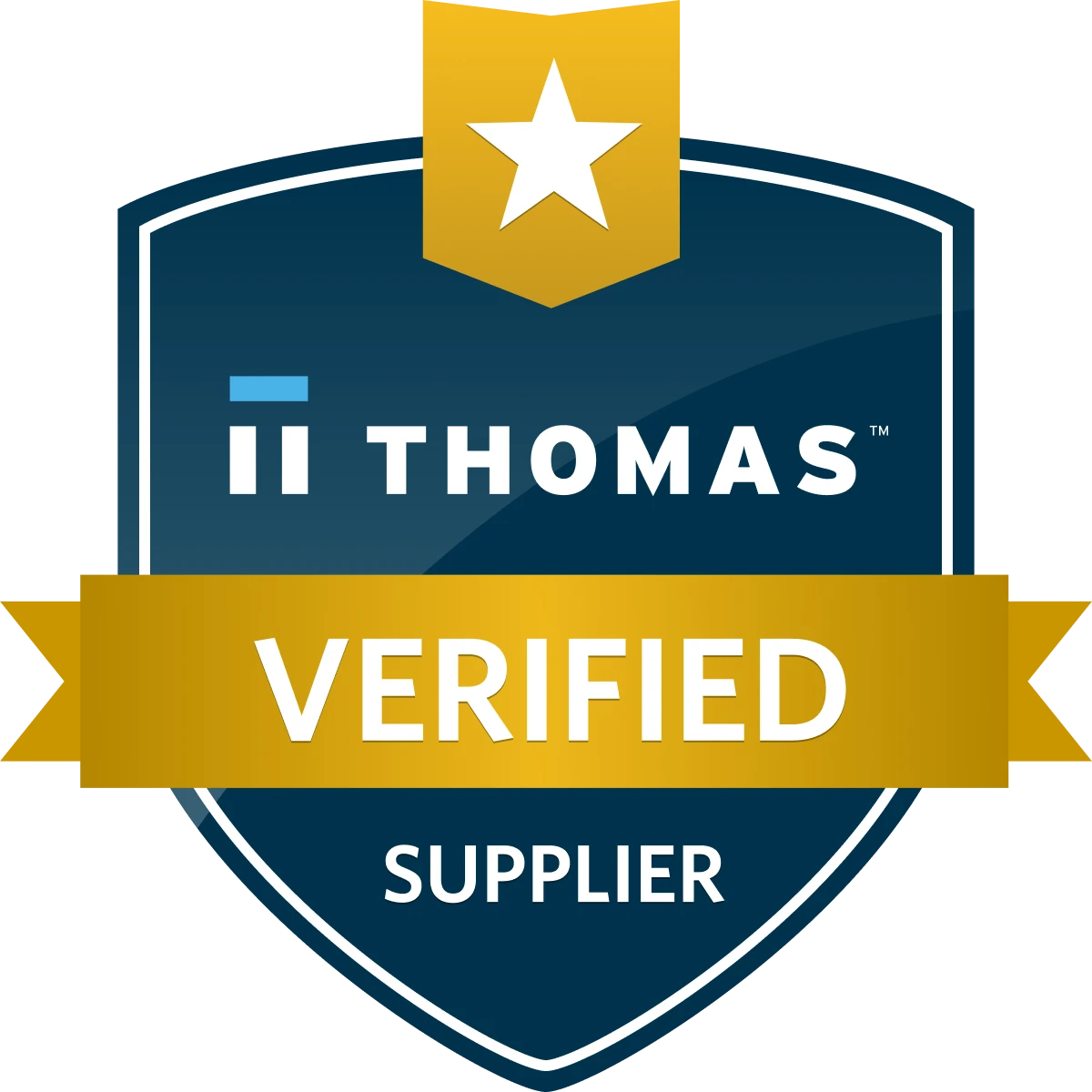The laser cutting kilowatt race is back on. It happened with CO2 machines in the 1990s and 2000s, and it’s happening again now with fiber lasers. There’s a place for today’s ultrahigh-powered systems, but lower powers have their place too. So, what laser power fits your operation?
You might start by diving into the material thickness, grade, and part geometries you cut. But before you dive into the weeds, zoom out and look at the big picture. Consider your overall business as it relates to four areas: its customers, resources, capabilities, and operating costs. The first area, the customer mix, drives the direction of the remaining three, but all four can influence what kind of fiber laser will best serve your business.
Customers
A shop’s customer mix shapes its business model, which in metal fabrication usually falls into one or some combination of three areas: original equipment manufacturer (OEM, or manufacturer of product lines), contract manufacturing, and the job shop.
OEMs develop internal processes around the needs of their products. Equipment is tailored and production is tuned and timed around a pace that produces smooth, predictable throughput with as little waste as possible. Product demand dictates the pace of production.
Contract manufacturers come in one or a combination of two flavors. One flavor describes fabricators that build subassemblies for a variety of customers. They might specialize in certain capabilities that center around specific ranges of material types, thicknesses, and processing precision, but they ultimately serve a broad spectrum of markets.
The other flavor of contract manufacturing focuses the entire business around one or a handful of related markets. Upper-tier automotive suppliers fall into this category, but plenty of other companies do too. One lesser-known example would be contract manufacturers devoted to the slot machine industry.
The final and most ubiquitous business model is the metal fabrication job shop. They’re the industry’s Swiss Army knife. Their chief concerns are quick response and shortening the order-to-ship cycle.
Measuring overall manufacturing time, from the receiving dock to the shipping dock, is useful for any fabricator, but it can be especially critical for the job shop. Say you attach a piece of paper to a sheet of raw stock as it comes in the door. The paper follows that sheet as it’s cut, bent, welded, finished, packaged, and shipped. The less time it takes for that paper to make it through the shop, the more responsive the business is, and the more competitive the job shop can be.
Now imagine the same exercise at an OEM. The paper makes it through cutting, bending, and welding, then ships to a finished-goods warehouse. When customers buy the product, the finished good leaves the warehouse, which completes the cycle. Now imagine that the OEM builds up its manufacturing capacity and yet customer demand for the product doesn’t change. Material travels faster through the plant, then sits in finished goods. Despite that increased manufacturing capacity, the overall manufacturing cycle hasn’t changed.
Read more: How much laser cutting power does a metal fabricator need?






